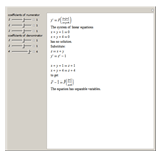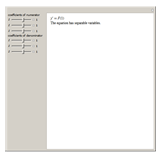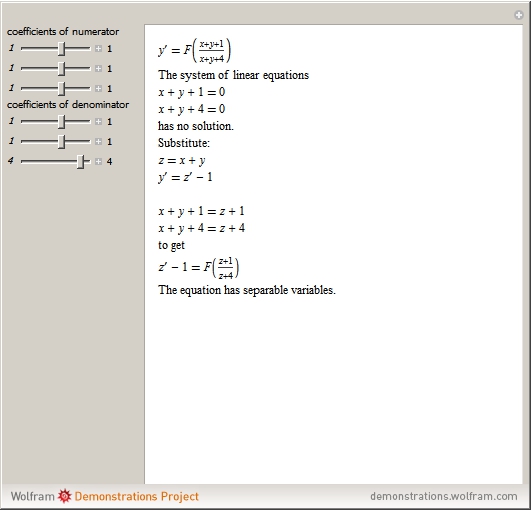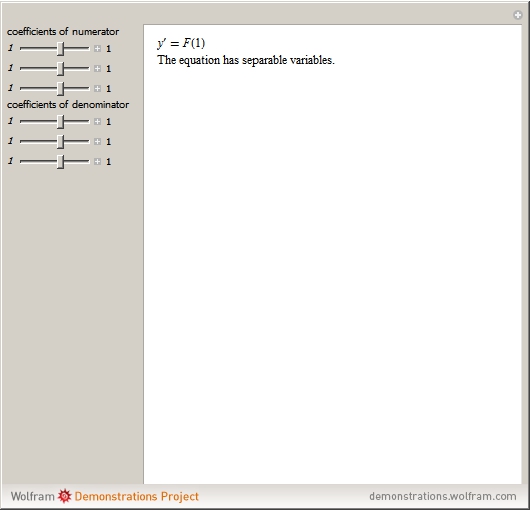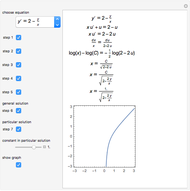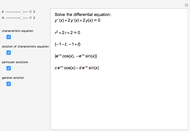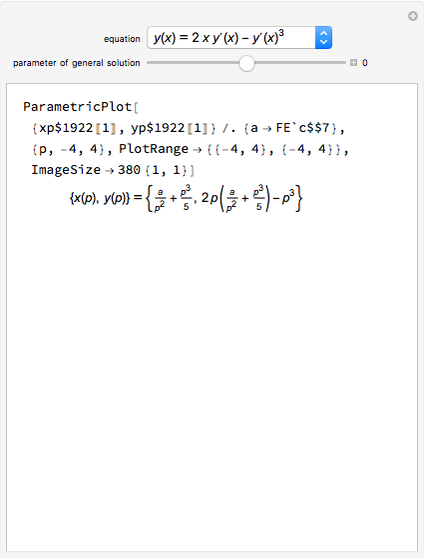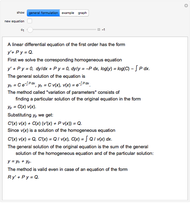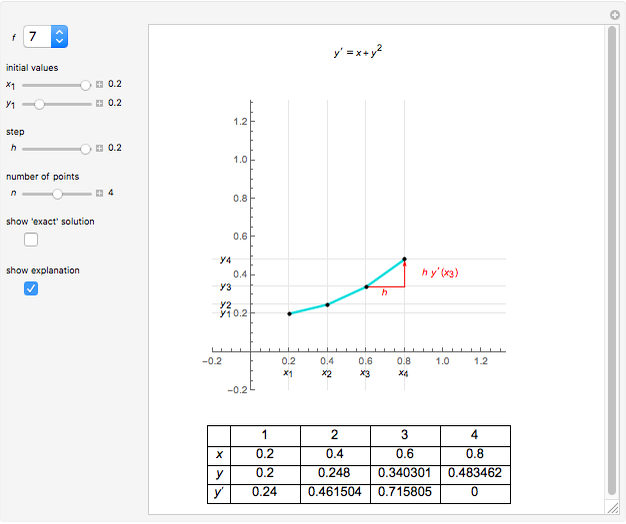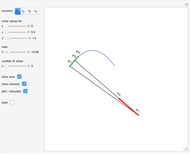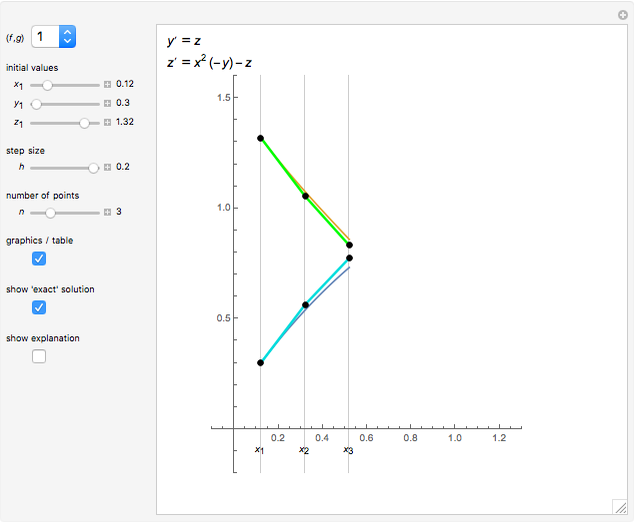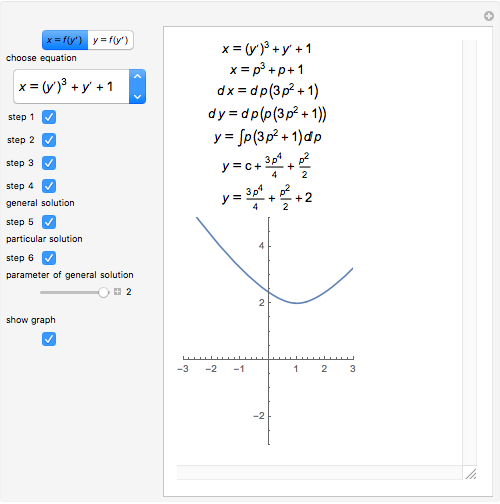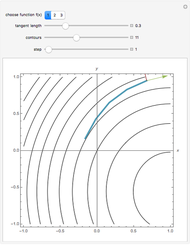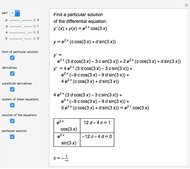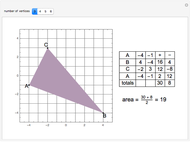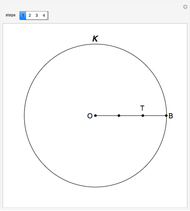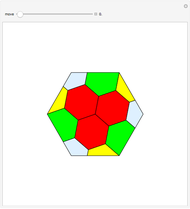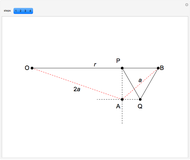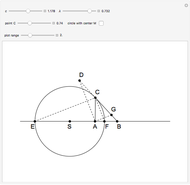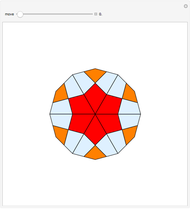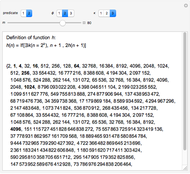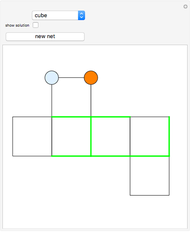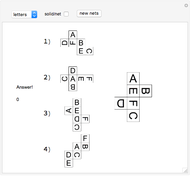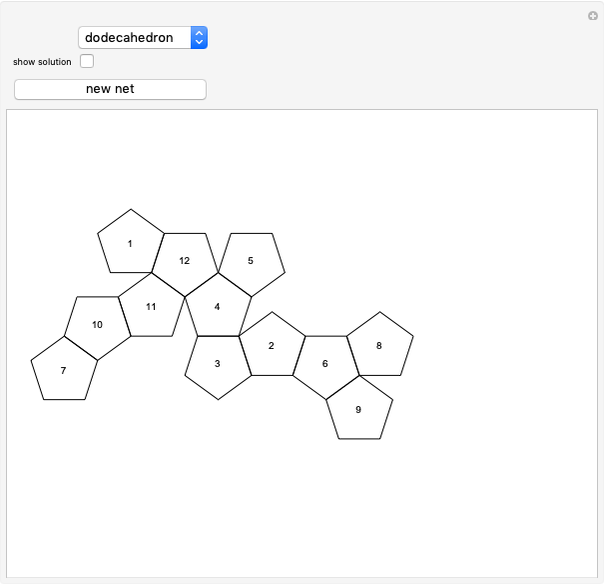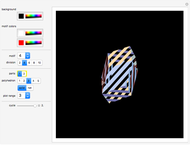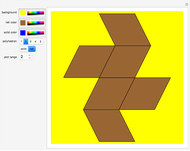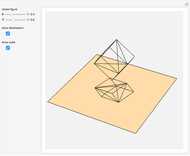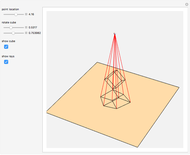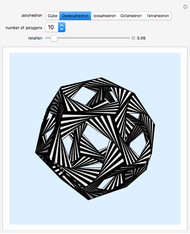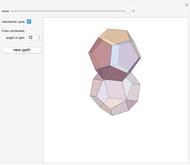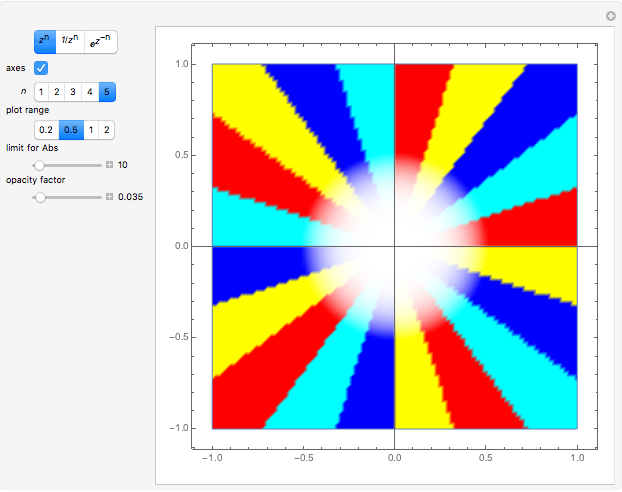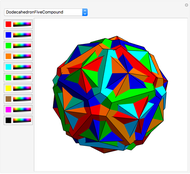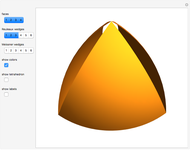Reducing a Differential Equation of a Special Form to a Homogeneous Equation

Requires a Wolfram Notebook System
Interact on desktop, mobile and cloud with the free Wolfram Player or other Wolfram Language products.
This Demonstration shows the reduction of a differential equation of the form  to a homogeneous differential equation of the form
to a homogeneous differential equation of the form  . This case occurs if the system of linear equations
. This case occurs if the system of linear equations  ,
,  has a unique solution
has a unique solution  ,
,  ; then new variables are introduced by the equations
; then new variables are introduced by the equations  ,
,  . If the system of linear equations has no solution or has infinitely many solutions, the differential equation reduces to an equation with separable variables.
. If the system of linear equations has no solution or has infinitely many solutions, the differential equation reduces to an equation with separable variables.
Contributed by: Izidor Hafner (May 2014)
Open content licensed under CC BY-NC-SA
Snapshots
Details
The equation  is called homogeneous if
is called homogeneous if  and
and  are homogeneous functions of
are homogeneous functions of  of the same order. The equation can be reduced to the form
of the same order. The equation can be reduced to the form  . A function
. A function  is called homogeneous of order
is called homogeneous of order  if
if  . An example:
. An example:  and
and  are homogeneous of order 2, and
are homogeneous of order 2, and  is homogeneous of order 0.
is homogeneous of order 0.
The differential equation  is not homogeneous in the usual sense of a linear differential equation having a right-hand side equal to zero, like
is not homogeneous in the usual sense of a linear differential equation having a right-hand side equal to zero, like  .
.
References
[1] V. I. Smirnoff, Lectures in Higher Mathematics (in Russian), Vol. 2, Moscow: Nauka, 1967 pp. 19–21.
[2] L. E. Eljsgoljc, Differential Equations and Variational Calculus (in Russian), Moscow: Nauka 1969 pp. 26–27.
Permanent Citation
